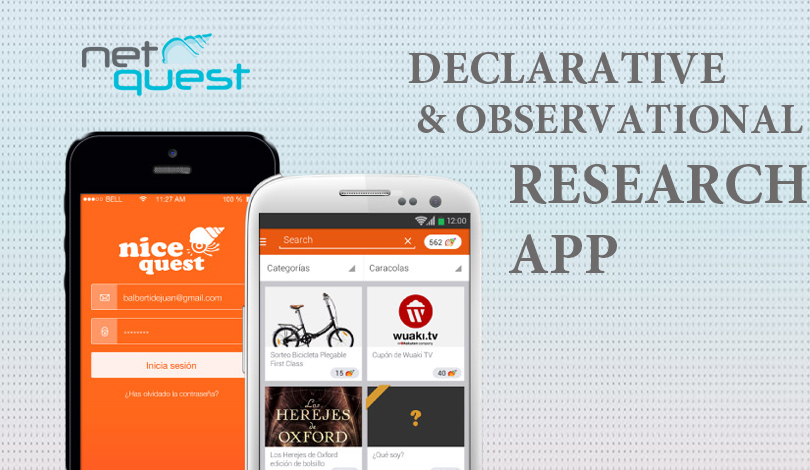Manage Customer Loyalty and Profitability, Not Just Satisfaction
Having satisfied customers is no guarantee of improved business results. The literature is full of examples of companies that had highly satisfied customers and were losing market share rapidly. That’s because satisfaction is a passive state: a willingness to stay until something better comes along. Unlike satisfaction, loyalty is a long-term commitment to the brand or organization and is linked to share-of-wallet and retention.
There’s no question that customer focus drives profits. Research by Deloitte and Touche and others indicates that customer-centric organizations consistently achieve significantly higher profitability than non-customer-centric organizations. The issue is the nature of the customer focus. Satisfaction alone is a first step in using the Voice of the Customer to drive improved business outcomes. However, an organization investing in customer-focused research should consider framing its design in a structured approach that also will accurately identify the drivers of loyalty and retention and link those drivers to key business process improvements and financial outcomes.
Improve business results
Customer loyalty and profitability management recognizes that improved business results occur as a result of understanding both drivers of revenue and drivers of true cost that create economic profit. The model below shows this holistic approach to using customer research and focused financial analysis to achieve improved financial outcomes from customer research investments.
This kind of approach produces information that enables a company to focus resources on specific customer requirements that will provide the best return in terms of revenue and profitability. However, it also requires a broader organizational perspective than traditional satisfaction research.
Since the results typically may be deployed across various functional areas such as marketing, quality and finance, it is critical that these managers be involved in defining the research objectives and identifying their particular information needs and how they will use the results. This involvement will ensure functional ownership of results and consistency with overall business strategy.
Use the right research approach
Managing customer loyalty and profitability requires that the research supporting it be designed to provide both strategic and tactical information. Again, this requires design and application considerations outside the framework of traditional approaches to only satisfaction metrics. Objectives for such an initiative might include prioritizing key drivers of attitudinal and behavioral customer loyalty, measuring performance relative to the competition, defining key customer and market segments, and measuring the relationship of performance on key drivers to customer loyalty and financial performance.
For example, a customer loyalty and profitability conceptual model might include measures of brand and corporate image, customer relationship, product performance, service performance and price. Rigorously analyzed, these drivers can predict attitudinal loyalty. However, it is also necessary to identify the impact of switching inducements and switching barriers that modify behavior. Via inferential models, it is then possible to arrive at the ultimate drivers of behavioral loyalty that result in customer retention and increased market share. These, when linked to value proposition enhancement, process improvement and cost-to-serve, provide a market-driven process of continuous business improvement.
Focus on segment needs
One of the major fail points of much customer-focused research is a lack of actionability at the segment level. A loyalty model for total customers represents the “average” customer. However, not all customers have the same loyalty drivers and not all customers are equally profitable. To ensure a high level of marketing and economic usefulness, it is valuable to include segmentation analysis that assigns customers to groups that share loyalty drivers and targetable characteristics. This will support segment-specific customer profitability management.
Once unique needs-based segments have been identified, it is possible to relate specific segment requirements to the value proposition(s) an organization is offering. This provides two important benefits: first, it ensures that the value proposition is fully responsive to market-defined needs and will produce maximum revenue; and, second, it ensures that process improvements will be focused on areas that support the value proposition and have the best cost/benefit ratios.
Allocate costs and link to processes
The final step in moving from customer satisfaction to customer loyalty and profitability management is financial analysis based on the company’s product/service chain, defined by customer segment. It is one reason why participation of financial management is appropriate in the planning stage. This phase utilizes cost-to-serve analysis that allocates all costs, direct and indirect, associated with providing a product or serving a customer segment. This will identify opportunities for process improvement and cost
reduction and is critical to rationalize a company’s product and service portfolio. For example, the top 40% of customers may yield 140% net profit while the bottom 40% may be losing 40%.
Customer Loyalty and Profitability Management is a systematic process that links customer research, cost-to-serve and market economics to strategy development and marketing initiatives.
A new mental model for better business results
Customer Loyalty and Profitability Management is a systematic process that links customer research, cost-to-serve and market economics to strategy development and marketing initiatives.
In terms of customer segment strategies, it provides the ability to retain and build on high sales/high profit segments and customers, boost the profitability of high sales/low profit segments and customers, shape up, discourage, or eliminate unprofitable segments and customers, and assess the profitability of new segments and customers. For the development and evaluation of new product and service strategies, it provides a framework for refining value propositions by segment and customer, identifying opportunities for cost reduction, and identifying opportunities for profitable growth
The migration from Customer Satisfaction to Customer Loyalty and Profitability Management is as much a shift in mental models as anything else. The resources required are similar, the methodologies and analytics are readily available, and the process is understandable and appreciated by management. It is not a leap of faith. It is an act of commitment to greater return on research investments and improved business results.
For more information on linking loyalty to profitability and effectively incorporating customer requirements into day-to-day management and operations, please contact one of our principals or visit our website at www.customerlifecycle.us.
Download White Paper: Manage Customer Loyalty and Profitability, Not Just Satisfaction













